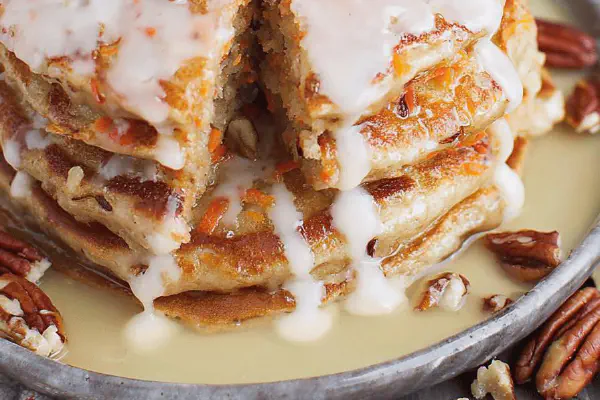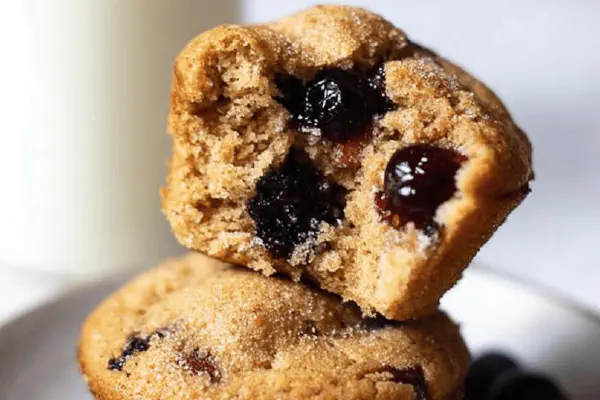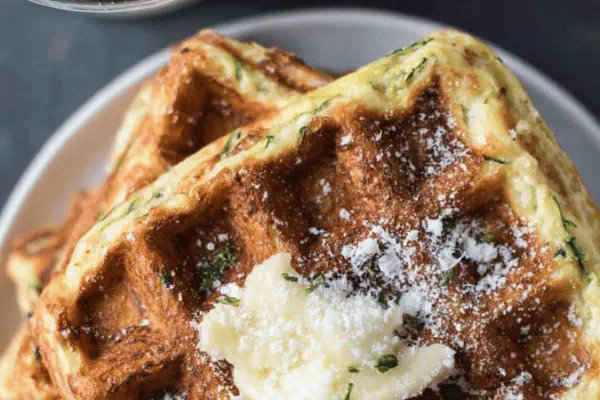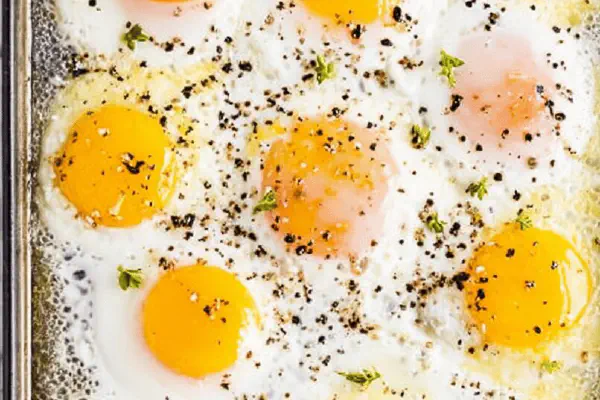Oatmeal Nest Cups
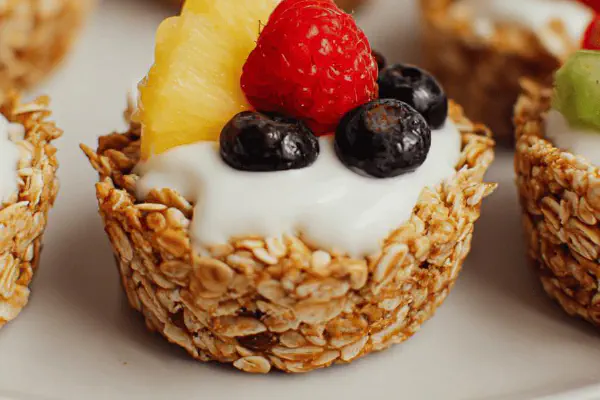
By Emma
Certified Culinary Professional
Ingredients
- 1 1/2 cups old fashioned oats
- 1/3 cup chopped walnuts (swap pecans or almonds)
- 1/4 cup maple syrup (instead of honey)
- 1/2 tsp baking powder
- 1/2 tsp cinnamon
- 1/4 tsp salt
- 1 large egg
- 1 tsp vanilla extract
- 1/2 cup milk (cow, almond, or oat)
About the ingredients
Method
- Preheat oven to 355°F—boosted a bit from the 350 I usually use. I noticed edges crisp faster, less chewy sogginess.
- Grab a 12-cup muffin pan. Use silicone liners if you have 'em. They peel right away; stops fiddling. No liners? Spray good with non-stick spray, no paper liners—locks moisture wrong.
- Whisk together oats, nuts, baking powder, cinnamon, salt in a bowl. Spices matter; cinnamon here really lifts, don’t skip or swap lightly.
- In a different bowl, mix egg, syrup, vanilla, and milk. Don’t overdo blending; lumps okay. Pour wet into dry; stir just to combine. You want texture, not batter smoothness.
- Fill every muffin cavity. Use about 2 heaping tablespoons per cup. Don’t just plop. Press mixture down firmly, then up sides to create little nest shape. This holds yogurt later—works best when edges form thin 'walls.'
- Into oven. Listen for faint crackling edges at about 15 minutes. Smell shifts – nutty, warm spices. Edges turn golden but not burnt. Inside stays tender but not gooey. Usually about 16-17 minutes got me the right texture.
- Cool in pan for 12 minutes. This lets nests firm up. Delicate when hot; they crack with rough handling. Lift gently—if no silicone, use knife around edges before removing. Transfer to wire rack for another 10 minutes. Air circulation dries bottom slightly.
- Fill nests with Greek yogurt. Top with berries, a drizzle of honey or jam. Textural play here is key. Crunch of nuts, creaminess of yogurt, tart or sweet fruit—layers matter.
- Storage tip: Refrigerate in airtight container. Best eaten within 3 days. Reheat gently to refresh crisp edges, 10 seconds in microwave, watch closely or it gets soggy.
- Common roadblocks? Batter too wet—add more oats or nuts, a tablespoon at a time. Not sticking—push mixture firmly against sides. Bottom soggy—crank oven heat slightly or bake longer, check oven calibration. I learned this after burnt tops but raw bottoms; oven quirks are real.
Cooking tips
Chef's notes
- 💡 Oven temp slightly higher than usual at 355°F. Crisp edges give audible crackle; don’t rely on timer alone. Edges brown faster than muffin tops but interiors stay tender. Watch aroma shift towards toasted nuts and cinnamon, smell is a key done signal.
- 💡 Use silicone liners if you can. Avoid paper liners—void moisture locking and sogginess risks. No liners? Grease pan generously. Otherwise nests stick badly, removing ruins shape. Knife around edges helps a lot for stuck nests. Patience for cooling after baking is crucial; nests firm up, handle rough and they crumble.
- 💡 Press mixture firmly into sides of muffin cavities. This builds walls to hold yogurt later. Skipped this step means filling leaks through, messes plates. Mix consistency: thick, slightly lumpy not batter smooth. Add oats or nuts tablespoon by tablespoon if batter feels too wet; collapse risk if too loose.
- 💡 Nuts choice affects texture and sweetness tones. Walnuts add bitterness, pecans sweeter, almonds chunkier bite. Syrup swap maple for honey changes flavor subtly; maple brings deeper caramel notes, less floral. Milk swap changes nest sturdiness. Thicker milk leads to better hold; thin milks may require less liquid.
- 💡 Cool nests 12 minutes in pan to firm, then transfer to wire rack for air drying 10 minutes. This step prevents soggy bottoms, allows edges to set properly. Reheat nests briefly in microwave 10 seconds max; avoids losing crisp edges. Overheating leads to mushy nests.
Common questions
Batter too wet?
Add oats or chopped nuts slowly, one tablespoon at a time. Firmness key. Wet mix doesn’t hold shape pressed into muffin tin. If too runny, nests collapse or get soggy bottoms.
No silicone liners?
Grease bottom and sides well with non-stick spray or butter. Paper liners trap moisture, cause sogginess and tearing. Patience when removing nests, loosen edges with knife gently before lifting. Hot nests fragile, cool first.
How to tell when nests are done?
Listen for quiet crackle on edges, smell roasted nuts plus cinnamon warming air. Edges turn golden, not burnt. Inside remains tender but not wet. Time usually 16-17 mins at 355°F but oven quirks vary.
Storage tips?
Airtight container in fridge up to 3 days. Nests firm best cold. Reheat briefly, 10 seconds max in microwave to regain crisp edge texture. Avoid reheating long or edges go soggy. Can fill fresh after reheating or cold.
